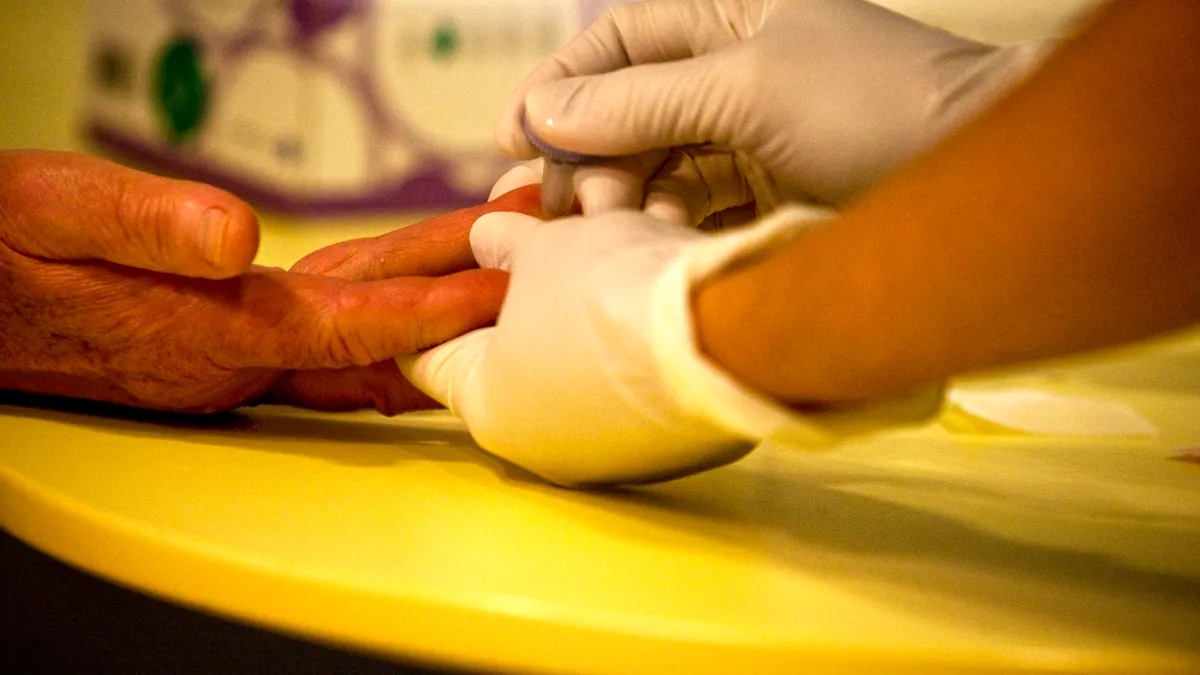Dive Brief:
- FDA issued revised draft guidance documents on blood glucose monitors used in healthcare settings and self-monitoring blood glucose test systems for use by patients at home.
- FDA said it believes distinguishing between the two settings will improve product safety and effectiveness by producing devices that are better designed to meet the needs of their intended populations. The changes, on which the agency is seeking public comments, are based on feedback from patients and healthcare providers particularly on the usability of the glucose monitors.
- Both documents make recommendations to industry about information to be included in premarket submissions for the devices. The revisions are intended to update final guidance documents issued in 2016.
Dive Insight:
The agency is responding to concerns raised about infection control issues involving blood glucose meters. The devices can transmit bloodborne pathogens if contaminated with blood specimens and shared between users without effective disinfecting and infection control measures, according to the CMS and the Centers for Disease Control and Prevention.
Blood glucose monitors used in professional healthcare settings are more likely to be used on multiple patients and therefore need to be designed with features to prevent the spread of bloodborne pathogens, FDA said.
Concerns also were raised about the inability of currently cleared blood glucose monitors to perform effectively in healthcare settings because the devices have not been adequately evaluated in some of the populations in which they are being used, FDA said. Patients in professional settings can be acutely ill and are more likely than lay users to present factors that could interfere with glucose measurements.
Most blood glucose meters have been submitted to FDA with claims for over-the-counter home use, the agency said. The devices were evaluated for healthy people with diabetes but were used to monitor blood glucose levels in patients in various states of health.
FDA said its new guidance describes the studies that should be conducted to evaluate device performance in patients with different health conditions. The intended use population should be accurately defined, distinct performance parameters should be met, and manufacturers should demonstrate substantial equivalence of the device for that particular use.
In its guidance covering blood glucose testing systems for patients at home, FDA said the associated test strips need to hold up to varied storage and handling conditions and should be designed to be more robust and reliable to accommodate those situations.
FDA said it made the guidance changes in response to stakeholders requesting more clarification on design considerations and recommended standards. Electronic comments may be submitted to http://www.regulations.gov within 90 days of publication of the notice of the guidances in the Federal Register but may not be acted upon until the documents are next updated, FDA said.
The agency said the updates do not change the recommended studies, performance goals or the pathway to obtaining Clinical Laboratory Improvement Amendments waiver for the devices.










